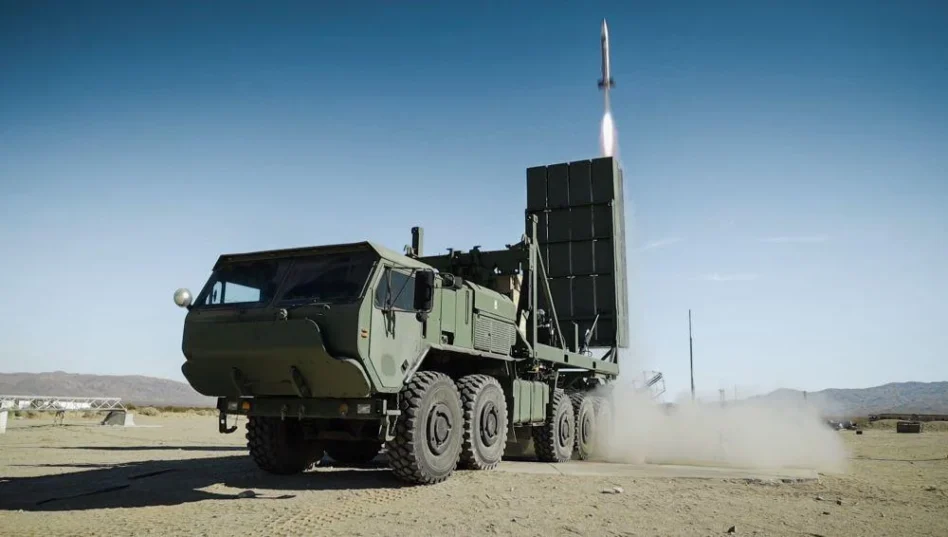Some people’s retirement plans involve beach houses and golf. For others, hypersonic missiles and startups.
On Monday, Castelion announced the hire of Capt. Greg Zettler, the Navy’s most recent Conventional Prompt Strike (CPS) Program Manager, following his retirement after three decades in uniform. We told you the hype for hypersonics is real—and the startup scene is the place to be.
Zettler’s retirement comes on the heels of a big CPS milestone: In May, the Navy pulled off its first ocean-based cold-gas launch of the CPS hypersonic missile—a cornerstone of its future sea-based strike arsenal.
Castelion is having a pretty good year itself:
- The company raised $100M in a Series A in January.
- They tested their hypersonic system for the first time in March and held their first tests at a government range last week.
- The Army requested $25M in its FY26 budget to develop “Blackbeard” hypersonic missiles made by Castelion.
Passing up the primes: Zettler started at the CPS program in late 2020 and “took it from a very early stage through to successful flight tests on both the Army and the Navy side,” he told Tectonic in an interview. Given Zettler’s experience on the program with the primes and exquisite systems, you’d expect him to join one of the big players, but he said that experience was a big reason for landing at Castelion, especially because “it’s not as affordable as it needs to be.”
“What kept pulling me back to Castelion was the focus on affordability and production at scale,” he said. “Those are the two fundamental challenges with DoD weapon systems today. The warfighter, in my opinion, does not have the tools and the volume that they need to deter an adversary like the Chinese, and that is the threat.”
Zettler’s experience building the Navy’s massive CPS program will be a big boon for Castelion. “Greg’s leadership at CPS gave him a front-row view of the scale and urgency of the challenge we’re all facing,” Sean Pitt, Castelion’s co-founder and COO, said in a statement. “He could’ve gone anywhere. The fact that he chose Castelion says a lot about what we’re building and how seriously we take getting it to the field.”
Mixing it up: Castelion isn’t trying to replace CPS or the “Dark Eagle” Long Range Hypersonic Weapons (LRHW), which can reach speeds of Mach 5+ and has a range of over 2,000 miles, but Zettler sees Castelion filling out the low and middle tiers of the Pentagon’s “high-low mix.” Given the LRHW’s $41M per unit price tag, Castelion is laser-focused on the cost efficiency issue, and Zettler said he’ll be working on developing a longer-range system at Castelion.
The government will be eagerly waiting: In 2023, the Congressional Budget Office found that it would be more cost-effective to use alternatives to exquisite hypersonics, like ballistic missiles or potentially Castelion’s more short-range hypersonics. You don’t get any extra points for over-destroying a target.
“In this space, companies like Castelion are more likely to solve that challenge in the right timeframe with the right structure,” Zettler said. “I kept getting pulled back towards Castelion as I thought about those problems, so here I am.”

